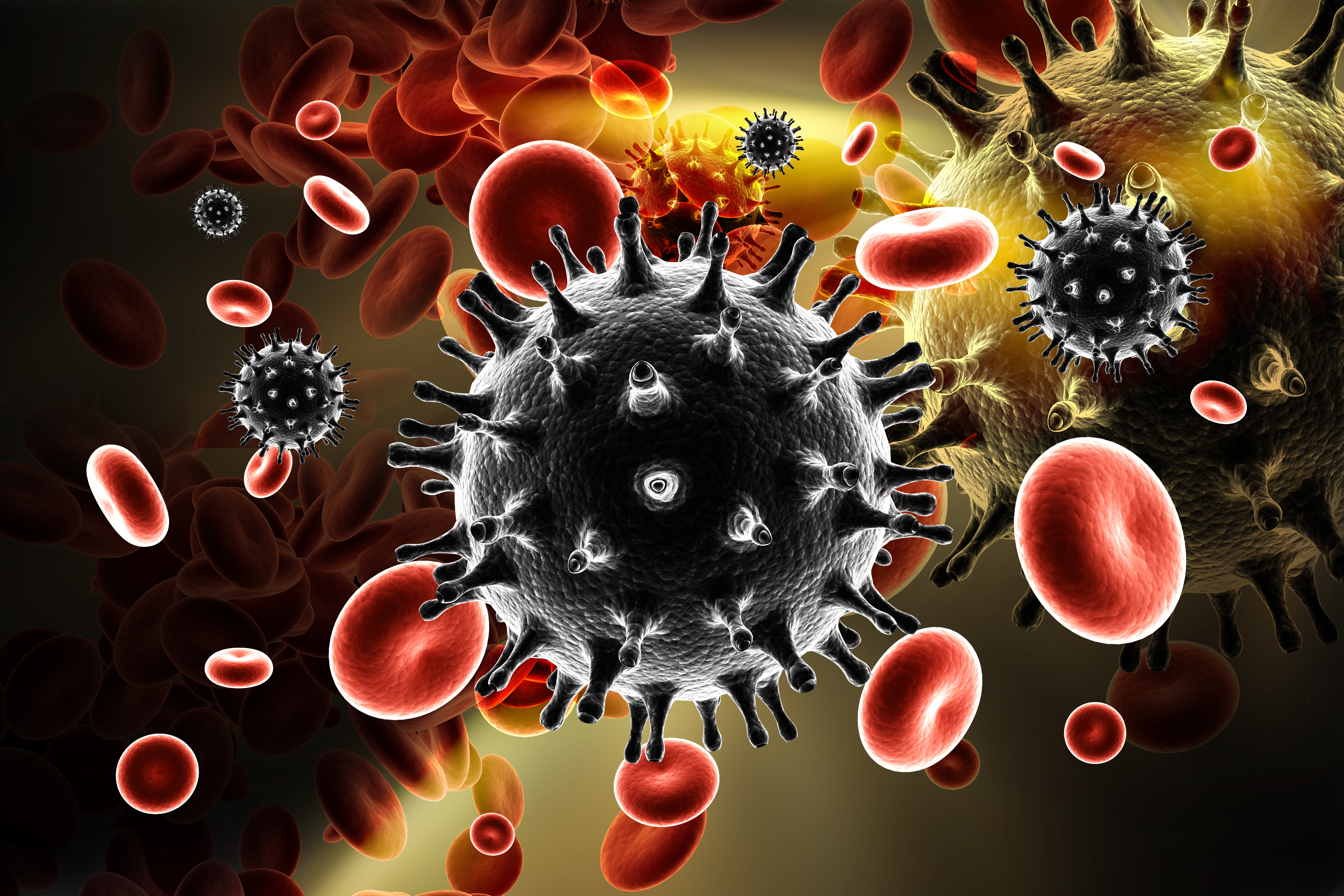Children with HIV who can resist the disease progressing could point the way to new treatments for HIV infection that are more widely applicable to infected adults and children alike, an international team of researchers led by Oxford University has found.
A study published in Science Translational Medicine looked at paediatric non-progressors (PNPs), the 5 – 10% of children infected with HIV in whom the disease does not progress. While more than 50% of children with HIV die before two years old, PNP children can live normal childhoods, often without anyone realising they carry HIV.
Some adults also resist HIV progression – just 0.3% of those infected – and until now research has focussed on the biological mechanisms that keep these adults from developing HIV disease, in the hope of finding a treatment. The way in which these rare adults control HIV infection is through a mounting a particularly strong immune response against the virus. Unfortunately in most cases mounting a strong immune response against HIV contributes to accelerated disease progression.
Professor Philip Goulder, who led the research, said: 'With anti-retroviral therapy – ART – HIV infection can be prevented from developing into AIDS. However, even those who have had successful ART continue to have an increased risk of non-AIDS illnesses that are usually linked with ageing, including cardiovascular disease, cancers and dementia. The root cause of this is that activation of the immune system never quite returns to normal even after successful treatment with ART.
'However, when we looked at how the children were resisting HIV disease we found that they achieve it in a different way to adult non-progressors.'
In fact, they showed similarities to African non-human primates infected with SIV – the simian equivalent of HIV. Around 40 species carry SIV, typically with very high levels of virus in the blood (known as viraemia), but do not have increased immune activity or any disease.
When the team looked at children with HIV disease resistance, like the natural monkey hosts of SIV, this group also exhibited high viraemia and low immune activation.
Professor Goulder said: 'Research has often concentrated on certain HLA class I molecules for HIV protection, as these are found in the rare adults who do not experience disease progression. In children, protection is not dependent on HLA, and lack of HIV disease here seems to result from avoiding making strong immune responses against HIV.'
'Further research is needed to establish the exact mechanism in children. That will give us more information about how HIV disease develops and may give us treatment approaches in addition to ART that block the pathway between HIV infection and HIV disease.'
Professor Goulder cautions that there is still some way to go before any potential treatment. Meanwhile, research continues.
